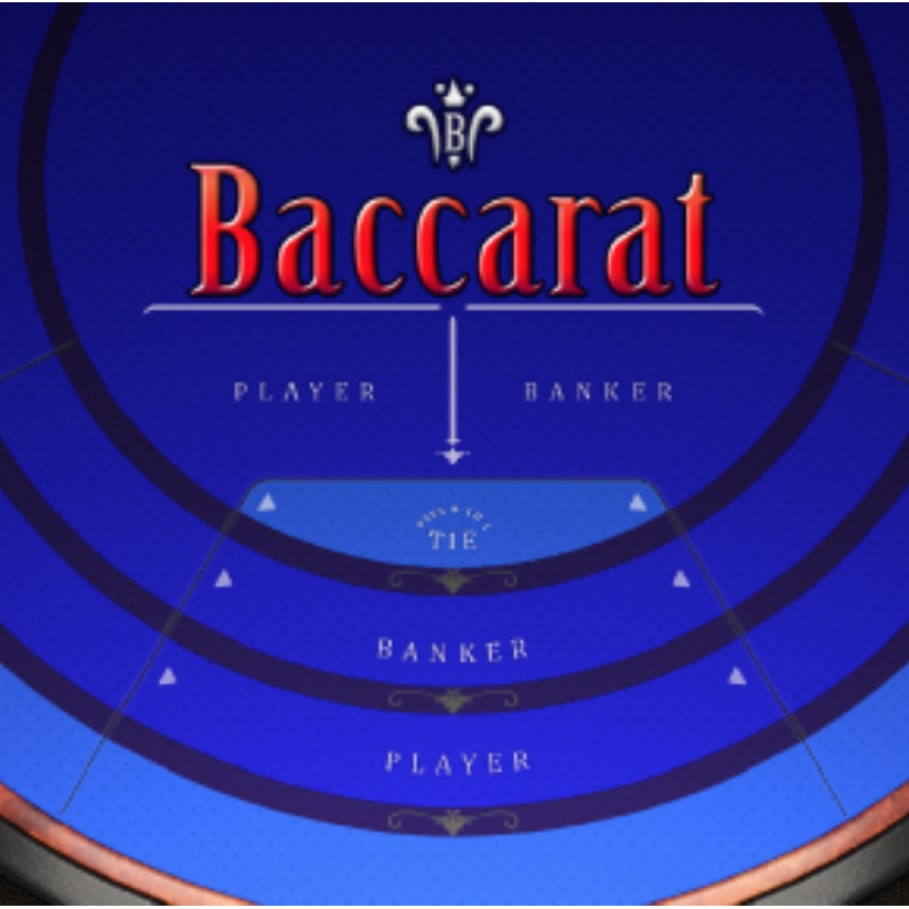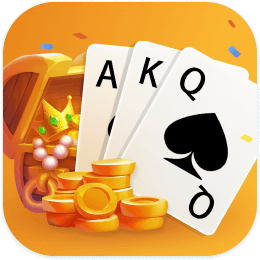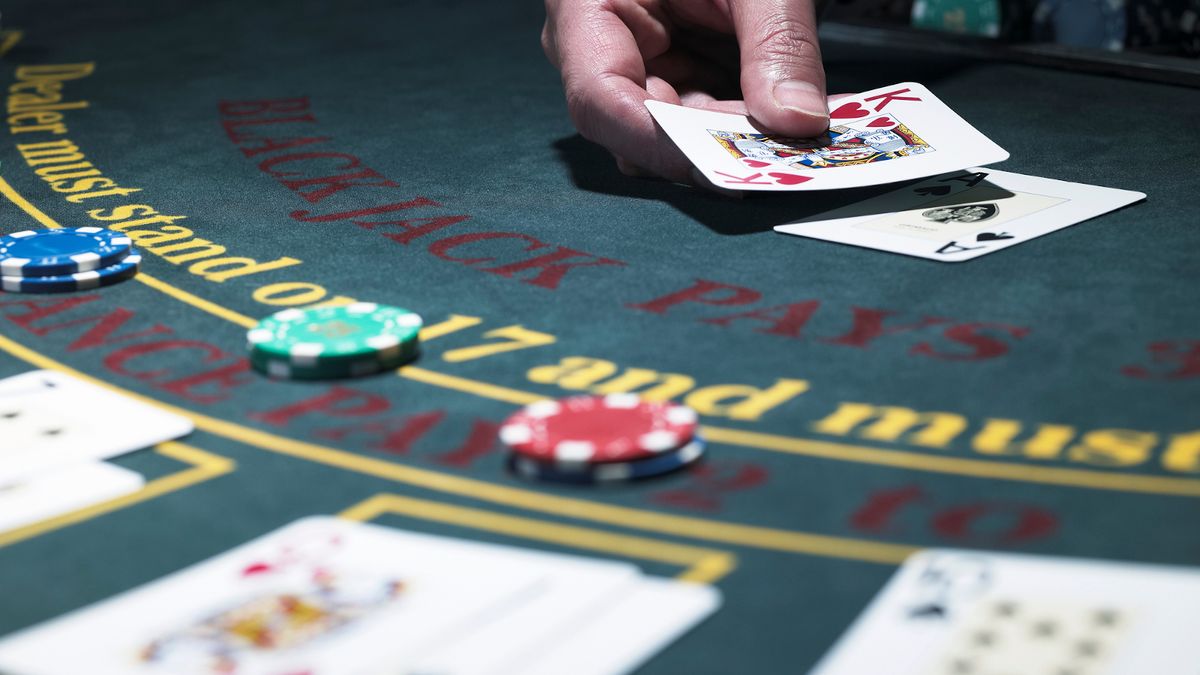Started questioning does the card counting really work
‘Hi, I became interested in Blackjack and card counting a little while ago - learned from wizardofodds.com and blackjackapprenticeship.com, read books by Dr. Thorp, Lance Humble and Peter Griffin; practiced basic strategy and card counting at home and visited casino in Louisiana a couple of times, but ended up losing money all the time. As I was aware of the “law of large number” and being a full time worker, I wanted to find out how many trials (hands) do I need to play in order to’
-
Show Printable Version
-
Linear Mode
-
Switch to Hybrid Mode
-
Switch to Threaded Mode
Hi, I became interested in Blackjack and card counting a little while ago - learned from wizardofodds.com and blackjackapprenticeship.com, read books by Dr. Thorp, Lance Humble and Peter Griffin; practiced basic strategy and card counting at home and visited casino in Louisiana a couple of times, but ended up losing money all the time. As I was aware of the “law of large number” and being a full time worker, I wanted to find out how many trials (hands) do I need to play in order to generate some meaningful gain, and whether that many number of casino visit is feasible for me or not. Therefore, I wrote a python script which includes basic strategy, playing deviation (Illustrious 18), card counting and 1 to 8 bet spread strategy. I am providing the Google Colab link below. To my surprise, no matter how many number of trials I ran (Most common streak I ran was 1 million hands. Assuming that casino deals in average of 40 hands/hour, 1 million hand is 25,000 hrs of Blackjack play), my script ended up losing money overall. There are localized streaks of gains, but the overall result is loss. I wonder if anyone else has similar real or virtual (simulated) advantage play experience of losses after losses. My script sort of broke my heart and I am wondering whether I should even think about casino visit counting cards, and been thinking is variance in nature more dominant than we would like to think. Link to code (written in Python) in Google Colab: https://colab.research.google.com/dr...oM?usp=sharingHere is a set of example where I ran one set with playing deviation and another set without playing deviation. Each set contains 100 streaks of 10,000 hands/streak, i.e. 1,000,000 hands total. The screenshots of the bankroll and the game data of each hand is saved under:https://drive.google.com/drive/folde…2Z?usp=sharingAs you can see, even with card counting, regarding whether deviation is on or off, player can expect to lose significant number of hands. Implementation of playing deviation improves the odd to some degree. But, nowhere near the rainbow or sunshine. I looked at the txt files of game data (saved in link above), where it shows each hand. It seems like the basic strategy, deviation, wager adjustment, card counting are performed correctly. Thank you for your time. Any input on why I am losing despite using basic strategy, card counting and playing deviation is greatly appreciated! You are quite right. Card counters should expect to lose more hands than they win. They make money by betting low when the odds are against them, and higher otherwise. “As you can see, even with card counting, regarding whether deviation is on or off, player can expect to lose significant number of hands.” 11. It’s been a month I started counting in BJ - so much frustration By Planisphere in forum General Blackjack Forum Replies: 20 Last Post: 12-22-2017, 01:05 AM 12. Getting started w/counting. Like some feedback By PokerProf in forum General Blackjack Forum Replies: 10 Last Post: 07-18-2015, 06:06 PM 13. How do I work on counting and small cards coming out? By lufia2 in forum General Blackjack Forum Replies: 9 Last Post: 09-07-2013, 05:49 PM 14. Ray: HELP! Does card counting really work? By Ray in forum Blackjack Main Replies: 44 Last Post: 07-08-2005, 12:19 PM
By Planisphere in forum General Blackjack Forum By PokerProf in forum General Blackjack Forum By lufia2 in forum General Blackjack Forum By Ray in forum Blackjack Main basic strategy, bet spread, card counting program, deviations, python scriptView Tag Cloud
Bookmarks
Bookmarks- Google
- Digg
- del.icio.us
- StumbleUpon
Posting Permissions
-
You may not post new threads
-
You may not post replies
-
You may not post attachments
-
You may not edit your posts
-
BB code is On
-
Smilies are On
-
IMG code is On
-
VIDEO code is On
-
HTML code is Off
Forum Rules
Bookmarks- Google
-
Digg
-
del.icio.us
-
StumbleUpon
-
Google
-
Digg
-
del.icio.us
-
StumbleUpon
-
You may not post new threads
-
You may not post replies
-
You may not post attachments
-
You may not edit your posts
-
BB code is On
-
Smilies are On
-
IMG code is On
-
VIDEO code is On
-
HTML code is Off
Forum Rules
-
Windows Blackjack Software
-
Mobile Blackjack Apps
-
Card-Counting.com
-
Blackjack in Color
-
Blackjack Scams
-
Modern Blackjack - Free book
-
Is Card Counting Illegal
-
Posting Guidelines (Terms of Service)
-
Subscription Info
-
News Signup
-
Blackjack Resources
-
User Settings
-
R e g i s t e r
-
Privacy
BJTF is an advantage player site based on the principles of comity. That is, civil and considerate behavior for the mutual benefit of all involved. The goal of advantage play is the legal extraction of funds from gaming establishments by gaining a mathematic advantage and developing the skills required to use that advantage. To maximize our success, it is important to understand that we are all on the same side. Personal conflicts simply get in the way of our goals.
Use these Blackjack Strategy Charts to learn the correct decision for every hand. Basic Strategy is the first step to beating blackjack with card counting
This site only collects related articles. Viewing the original, please copy and open the following link:Started questioning does the card counting really work















































































































































































